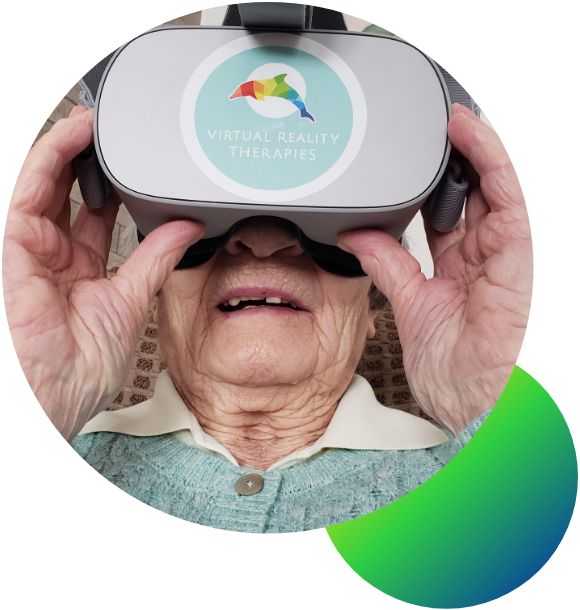Medical Research
Medical Research
Used in over 200 hospitals and healthcare units, medical and therapeutic VR has shown amazing results for a range of conditions.

PTSD and Pain reduction
Dr. Difede, is a Professor of Psychology in Psychiatry at Weill Medicine, an Attending Psychologist at the New York Presbyterian Hospital, and Director of the Program for Anxiety and Traumatic Stress Studies (PATSS). She is internationally recognized for her pioneering work using virtual reality technology in the treatment of PTSD consequent to the WTC attack of September 11, 2001, and more recently in the treatment of combat-related PTSD. Dr. Difede currently uses the Dolphin footage during a study where people undergoing treatment for burning wounds.
Cancer treatment
Thanks to the Norwegian Cancer Society cancer treatment for young Norwegians in need of a bone marrow transplant is a little less harsh. Post operative recovery entails isolation in a sterile tent for up to six weeks. Since late 2016 a set of VR Goggles and the 360 VR movie of the Dolphin Swim Club helps them to cope. Virtual wild dolphins don’t just help them to escape reality. They help them to live in it.


Learning disabilities
and Autism
At the Dutch healthcare facility Heeren Loo, which houses 100,000 residents, medical staff undertook a virtual therapies study with a group of 55 residents with learning disabilities, suffering from very high-stress levels. 82% showed and reported a considerable improvement after experiencing the Dolphin Swim Club VR on a regular base.
Children's Anxiety in
Hospitals
“Project Braveheart”, was conducted by doctors at Lucile Packard Children’s Hospital Stanford. A total of 40 patients, awaiting treatment for congenital heart diseases took part, using VR goggles to follow a tour guiding them along the exact path that they’d take on the day of their procedure.
Results showed that they felt less stressed.


Burn victims undergoing painful dressing changes
Patients a Northern General Hospital in Sheffield, led by the local university, were given VR headsets so they could immerse themselves in a scenario far from the clinical environment. Many claimed that with the VR distraction, they felt less pain when having bandages changed.

